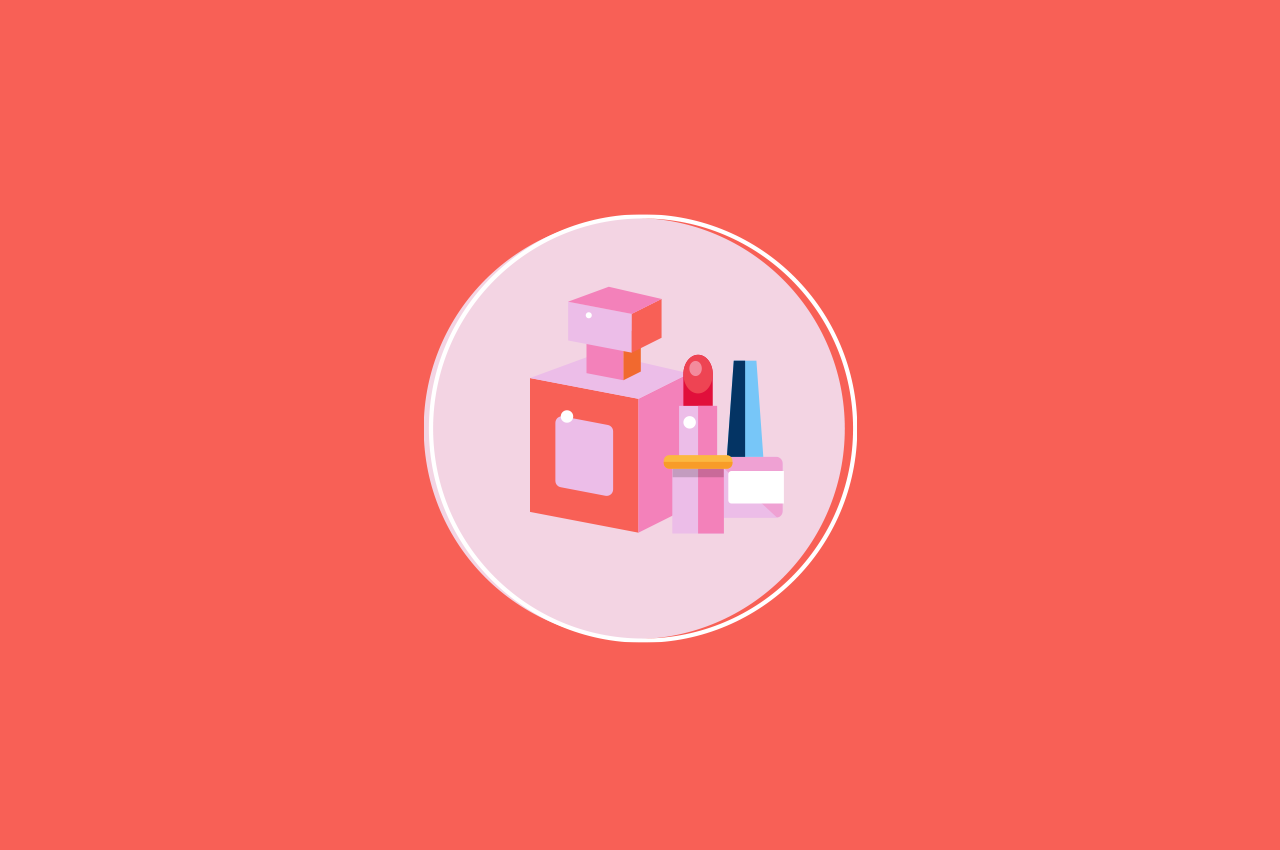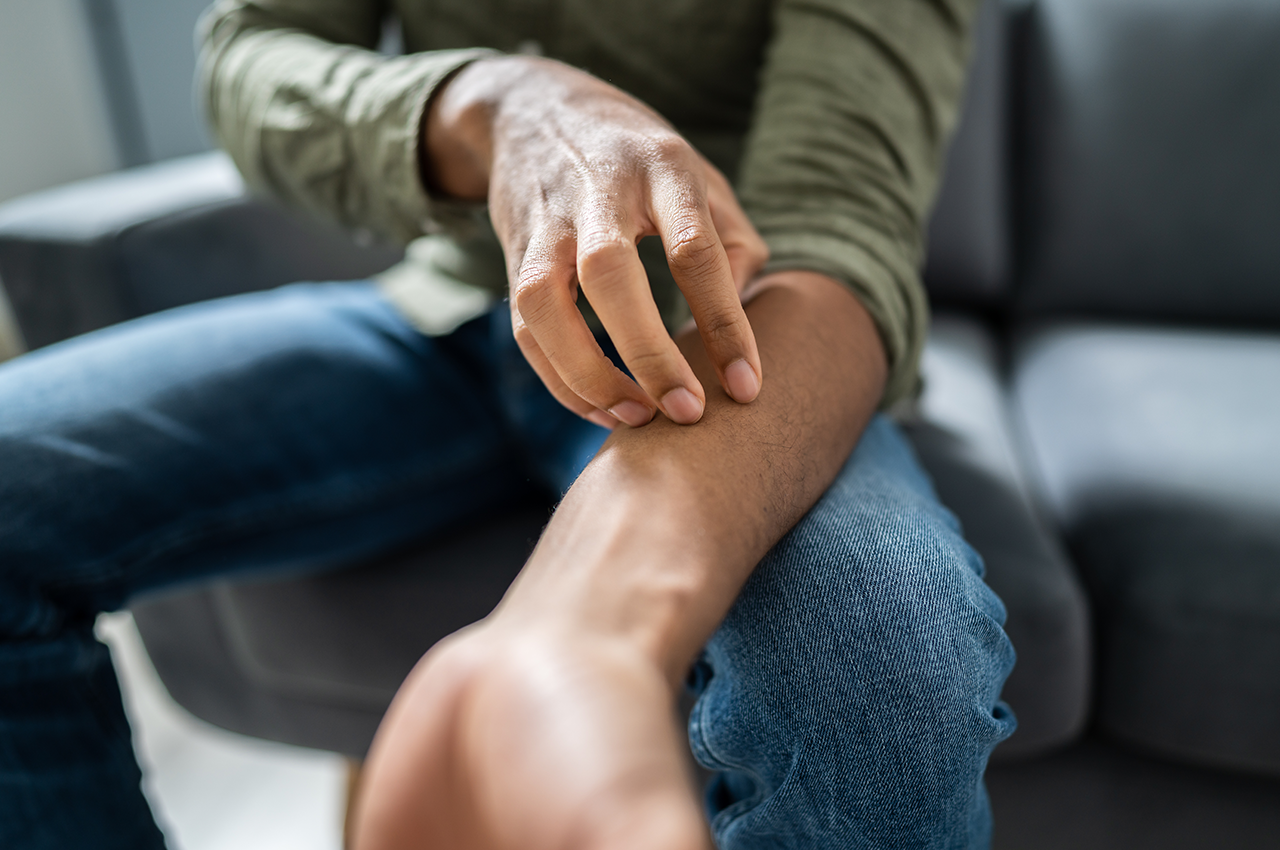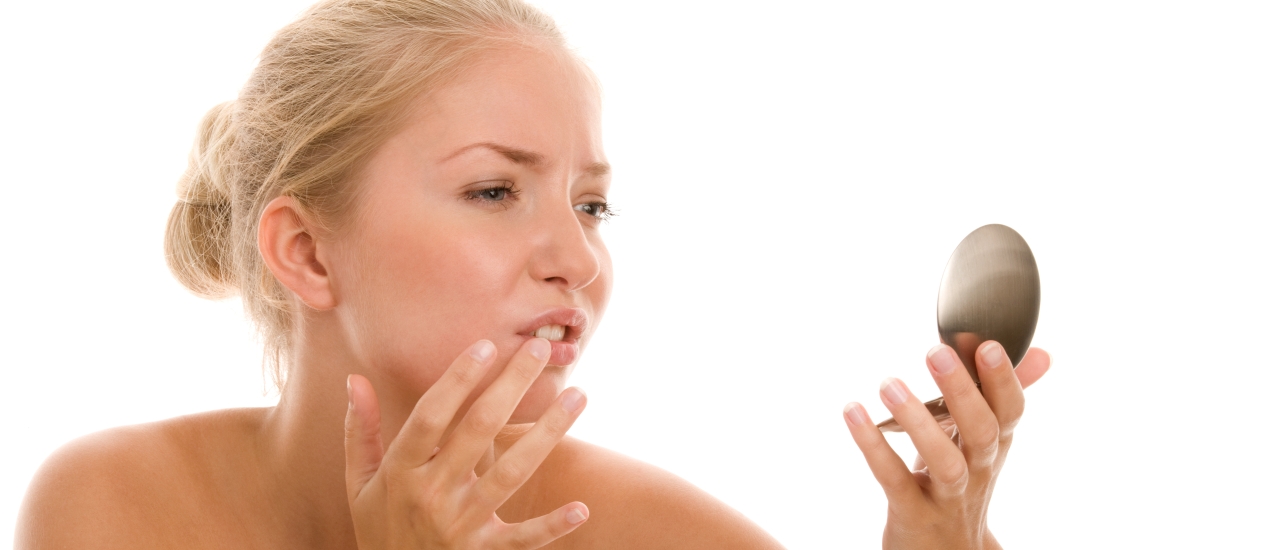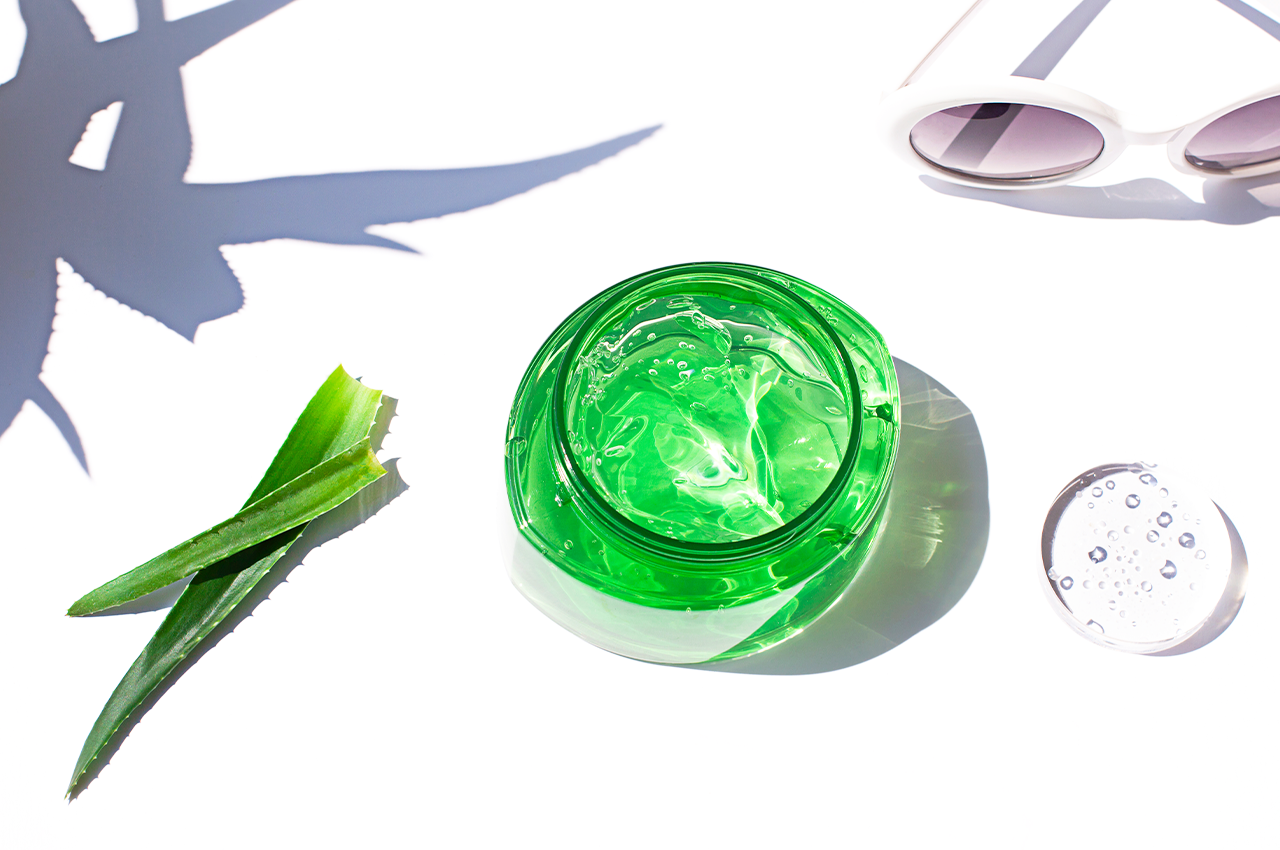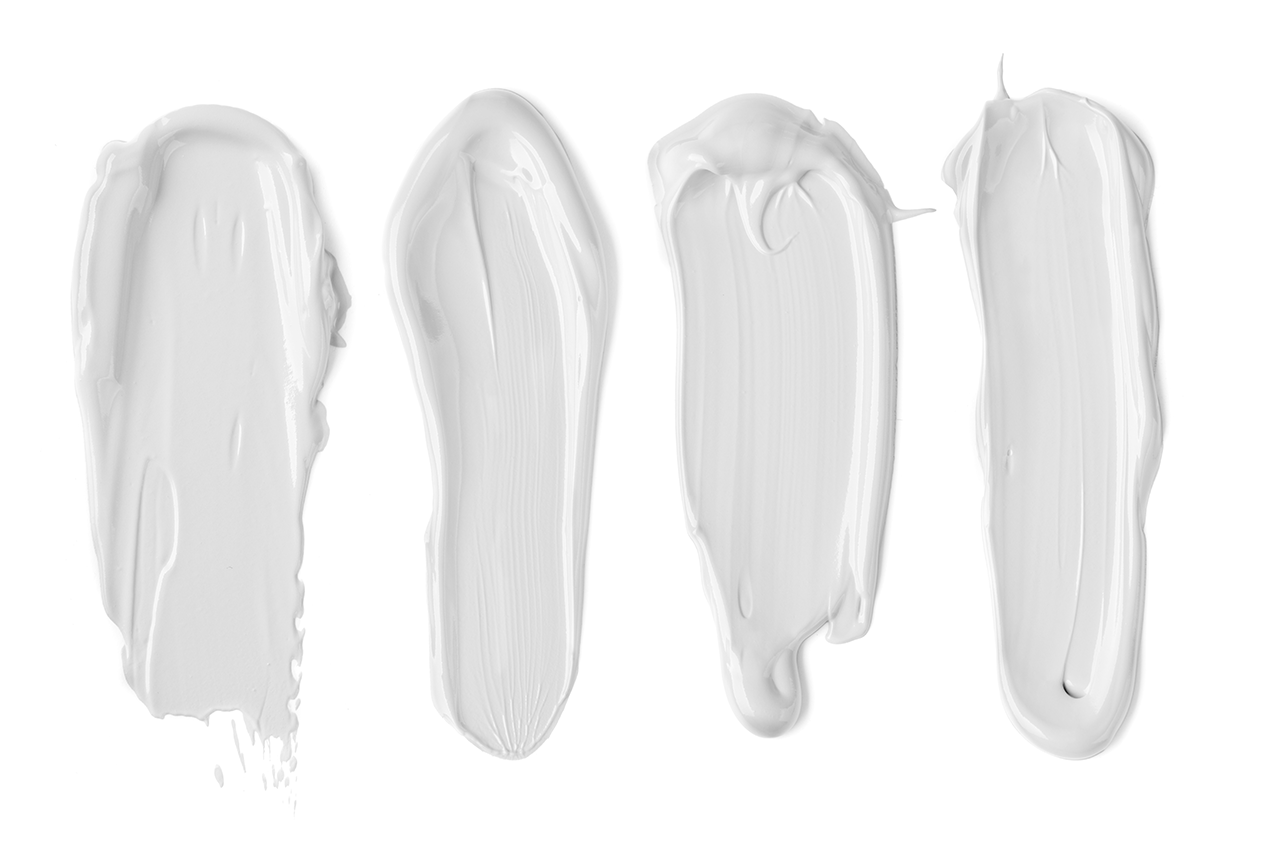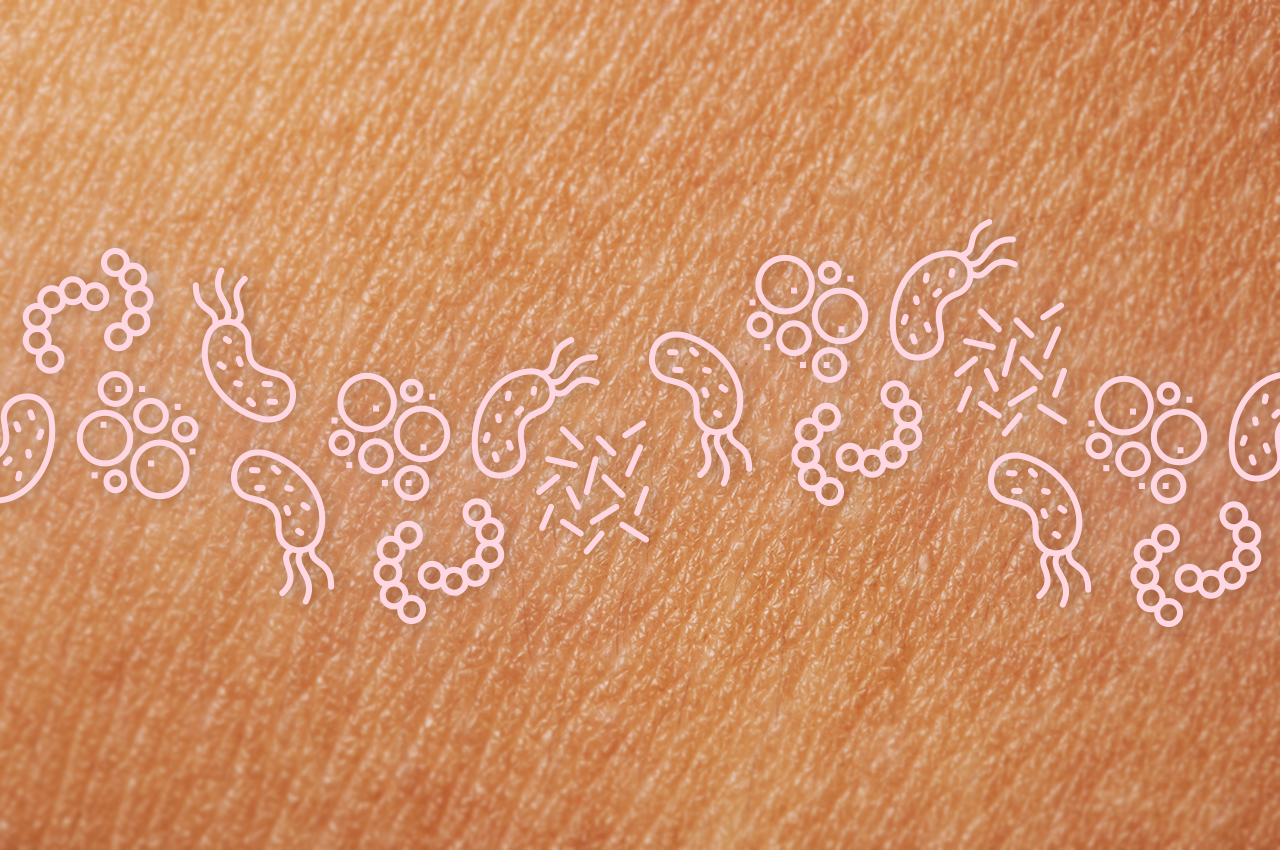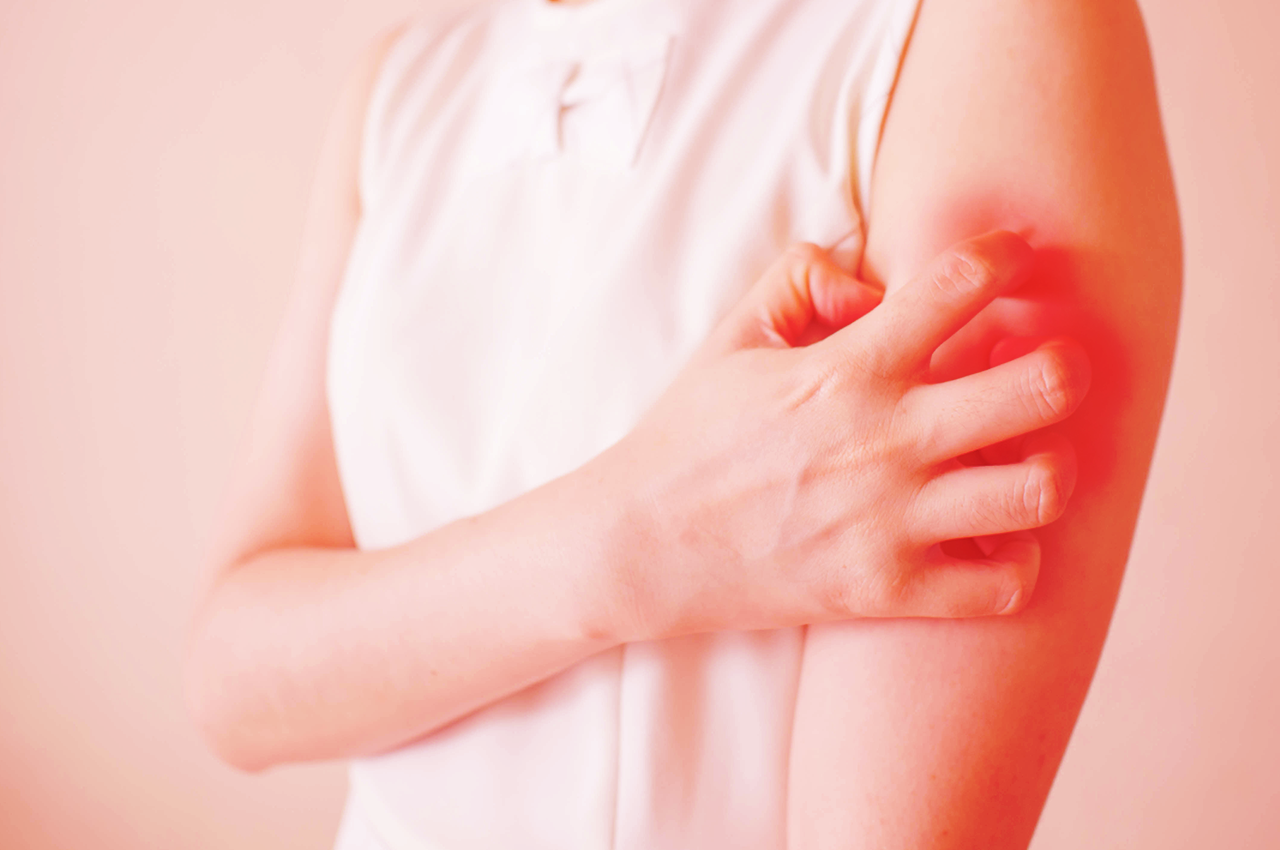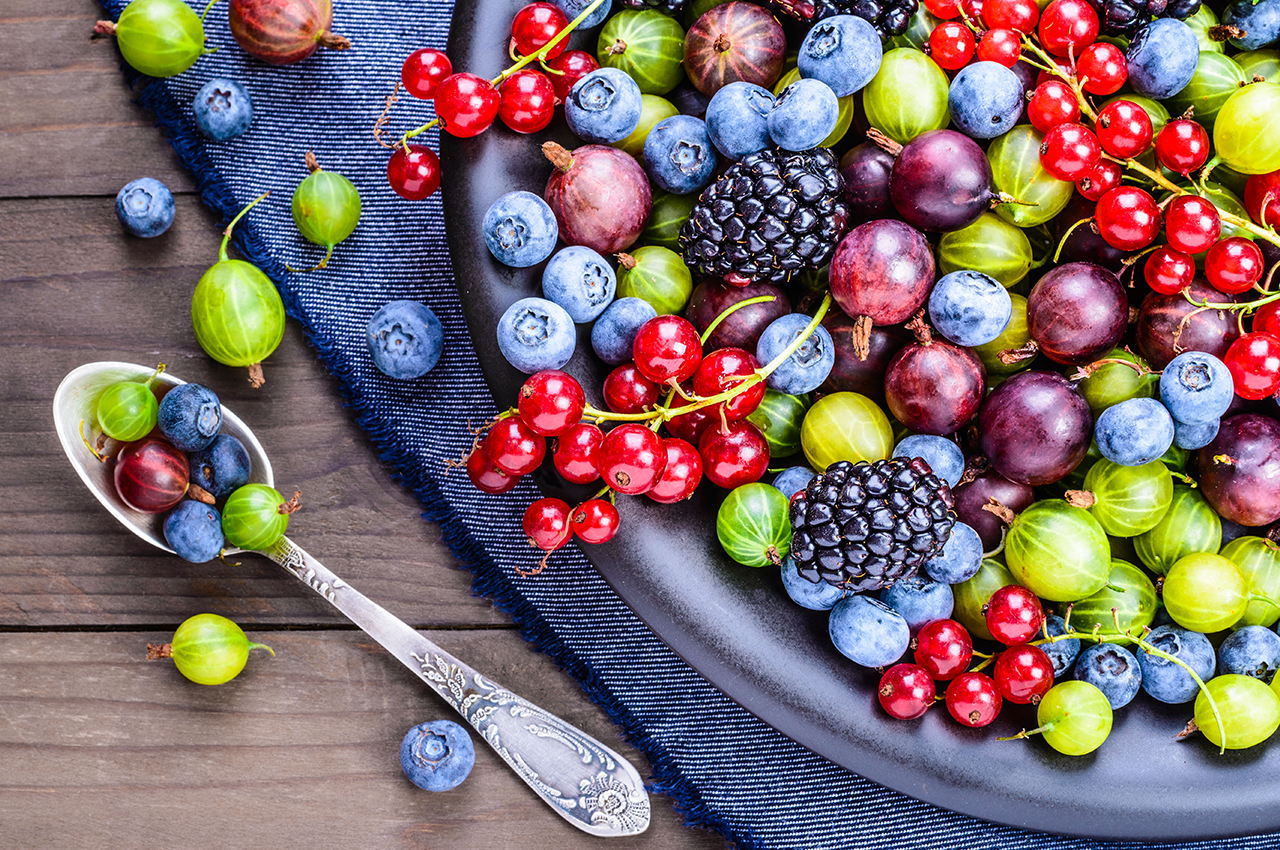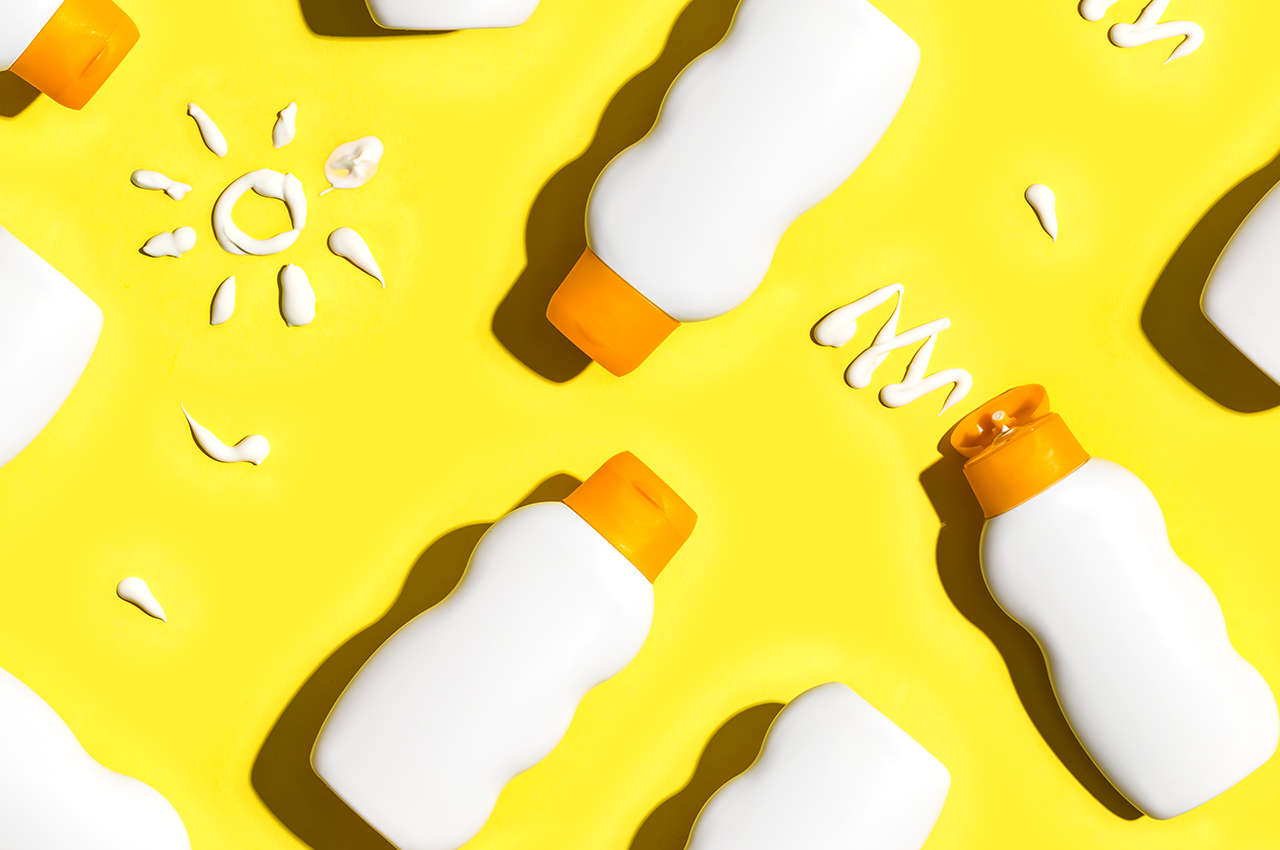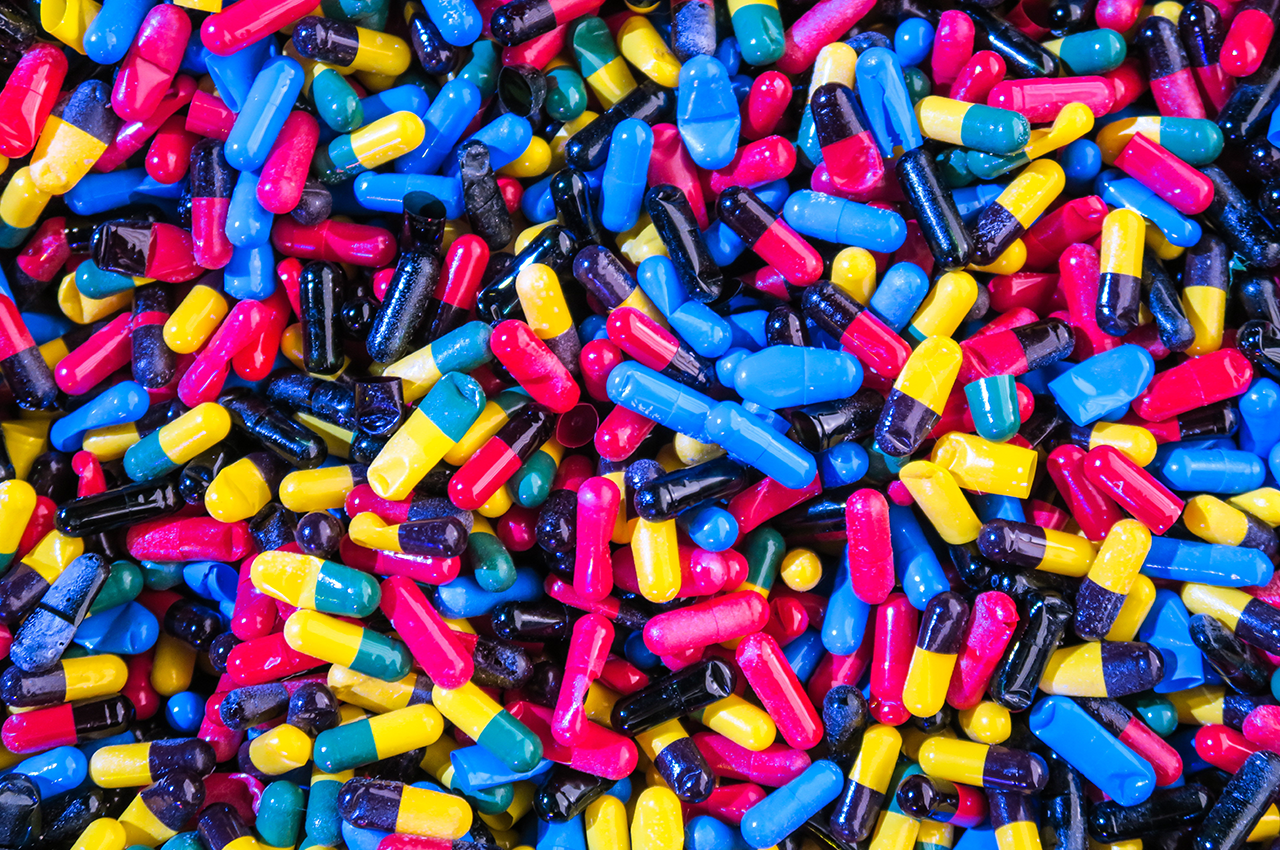There’s a booming beauty industry out there producing thousands of different and new products that promise to make sure you look as young as possible. It’s what a lot of people want: to stay 25 forever – but at what cost? What if the cream you’re using to smooth out the wrinkles on your face is filled with cancer-causing chemicals? Here are a few dark secrets about beauty products.
Perfumes – A spritz of sneezes
Perfumes make people smell wonderful, but it’s not just a little water mixed with a nice smell. It’s a carefully created mixture containing many chemicals, some of which are harmful. People can have an allergic reaction to perfumes simply because the fragrance is a chemical. These chemicals can trigger allergies, headaches, migraines and asthma. It might not kill you, but it can make you, and those around you, very uncomfortable.
Nail polish – A dash of cancer
Vibrant and colourful nails are very trendy with the fashion-conscious. However, there’s a big problem with nail polish: it contains a very bad chemical called Phthalates (even we struggle to pronounce it). This harmful ingredient is absorbed through the skin and is linked breast cancer. Sadly, it’s not often mentioned on the labels and it’s also used in other beauty products, so it’s hard to avoid.
Deodorants – A stick of poison
Sweat is not a pleasant thing to smell. The funny part about sweat is that it actually doesn’t have a smell. It’s the bacteria that mixes with the sweat that gives it a foul odour. What do we use to mask that smell? Deodorants, of course. Many deodorants contain something called a paraben – a toxic chemical that is linked to breast cancer, problems with your hormones and fertility issues. Read the labels to find one without the poison.
Lipstick – A deadly twist
You can instantly make yourself look more beautiful with some lipstick (if it matches you). But while it makes you look pretty, some of them hide a very bad poison: lead. It’s not an ingredient in lipstick, but it’s involved in the making of lipstick, so there are traces of it. Why is it bad? Because it affects our nervous system – your nerves and brain. Look for lipsticks from reputable cosmetic houses that don’t use this chemical.
What can you use?
Firstly, ditch the chemicals. They’re bad from the start. If you want safe beauty products, visit a natural health store for all your cosmetic needs. If you like going for manicures and pedicures, make sure you bring your beauty products for the beauticians to use. Also, do some research – there are reputable cosmetics houses that don’t use dangerous chemicals or do animal testing – use their products. Natural body products are quite expensive, but they are less harmful to your body. Aim to have a full and healthy life, not a short and pretty one.
If you’d like some beauty advice or if you’ve had a bad reaction to your make-up and not sure what to do, subscribe to our Hello Doctor service now and get some health advice from our doctors. Simply click on the ‘Buy Now’ tab to get started.
Sources: DavidSuzuki.org, Breast Cancer Fund, Tree Hugger

